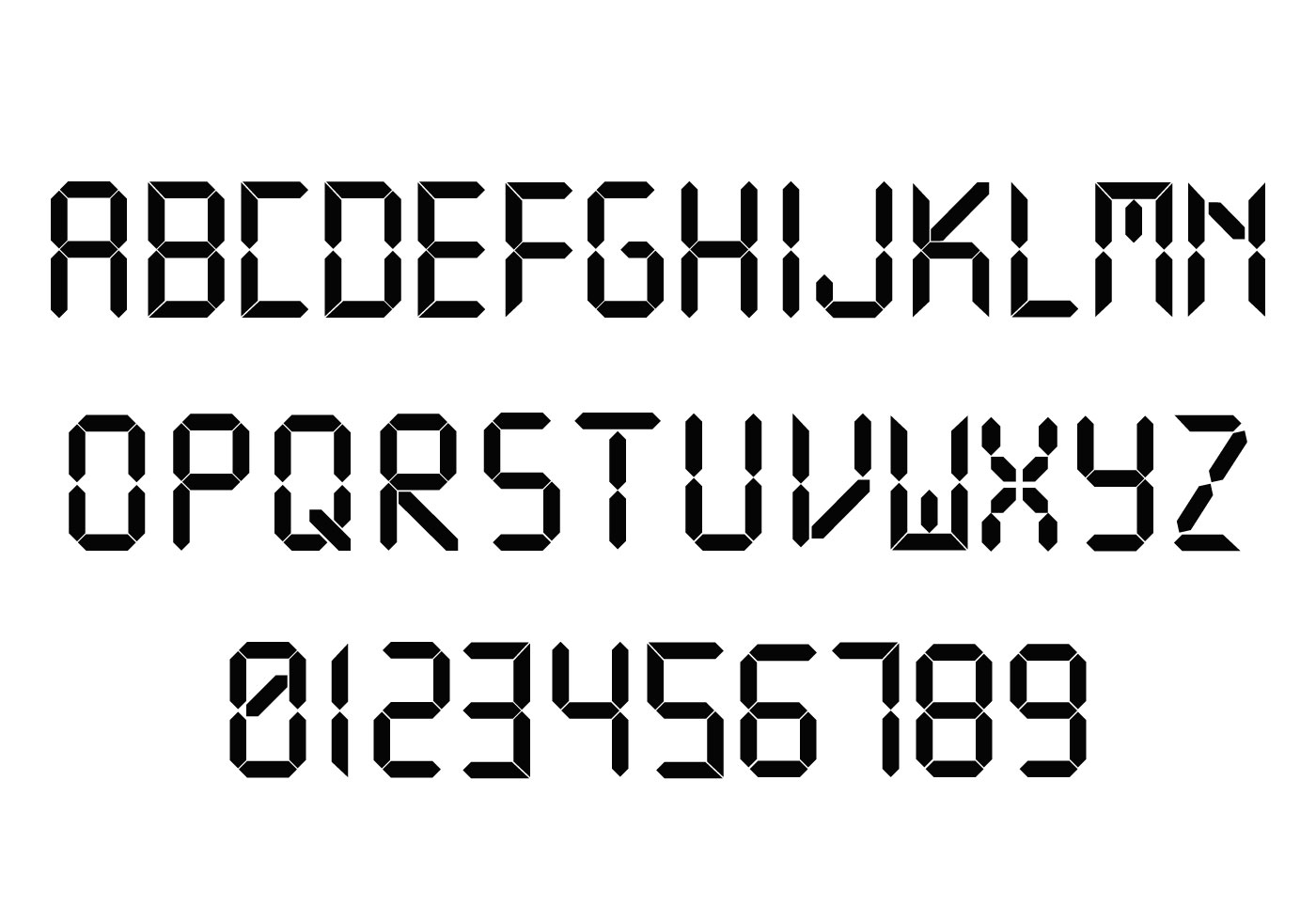

See you next time, where I’ll be talking about using custom font files to extend your font choices beyond Google Fonts. While your nice comments and knowing that I am helping you all make it worthwhile, I’d really appreciate it if you shared this or this blog with your friends or signed up to the newsletter to get the latest articles in your inbox. As always, if there was anything that you didn’t get or if you have any feedback, tell me in the comments.Īlso, these articles don’t come out of thin air! Looking at my Pomodoro Timer, so far I’ve spent 3 hours and 20 minutes on this article, and have just passed to 40,000 word mark on this blog!

Woo! That’s it for today! Hopefully, this article was useful and helped you along your coding journey. Now our text is in the font Ribeye Marrow! Conclusion Remember to include quotation marks if the name has a space!
Text styles codes code#
Open up your style.css file, and style the to have a font-size of 50px - see if you can work out the code on your own… span You may already know about font-size because it is a very common property, but I’ll go through it anyway (you can skip if you want).įont-size is quite straight-forward, it determines the size of the text. Open your index.html file in a browser - it should look something like this: Add the following to your index.html: CSS Fonts! Look at me, I am some awesome text!
 Find the following code block on line 21: .
Find the following code block on line 21: . Next, let’s write some basic HTML to test our font properties on. Alternatively, on the line below the text, add any number of.
Text styles codes how to#
If you want to follow along through this tutorial, here’s how to get started.įirst, create a new project folder with blank index.html and style.css files inside. I recommend following along in all of my tutorials, as it really helps you get a better grasp on the subject. Today I’m going to be talking about text-related CSS properties, as well as how to spice up your website with this nifty thing called Google Fonts. Hey everyone! Welcome back to another year of Code The Web! Hopefully, you had a good New Year’s, and have made some good resolutions for 2018…
Text styles codes free#
For examples that show the effects of the settings, use the links in the following table.Learn how to change the way text appears on a website, and learn how to use the most extensive and powerful free font database in the world! Most of the code cleanup settings map to one or more. Right-click on the project or solution name in Solution Explorer, select Analyze and Code Cleanup, and then select Run Code Cleanup. You can also run code cleanup across your entire project or solution. To open this dialog box, click the expander arrow next to the code cleanup broom icon and then choose Configure Code Cleanup.Īfter you've configured code cleanup, you can either click on the broom icon or press Ctrl+ K, Ctrl+ E to run code cleanup. Rules configured with a severity of None don't participate in code cleanup but can be individually applied via the Quick Actions and Refactorings menu.įirst, configure which code styles you want to apply (in one of two profiles) in the Configure Code Cleanup dialog box. This enables you to strictly enforce consistent code styles in your codebase. NET code style violations will appear as warnings or errors with an "IDE" prefix. Starting in Visual Studio 2019 version 16.8, which includes the. The default text color for a page is defined in the body selector. an RGB value - like 'rgb (255,0,0)' Look at CSS Color Values for a complete list of possible color values. Use code font to mark up code, such as class names, method names, HTTP status codes, console output. Do not override or modify font styles inline.
Use code blocks, or, for code samples or other blocks of code. The color is specified by: a color name - like 'red'. Use in HTML or in Markdown to apply a monospace font and other styling to code in text, inline code, and user input. Icon appears when a non-preferred style is used, and you can choose an option on the Quick Actions list to automatically rewrite code to the preferred style. The color property is used to set the color of the text. If you want to enable Quick Actions for a code style, ensure that the Severity setting is set to something other than Refactoring Only. Severity can be set to Refactoring Only, Suggestion, Warning, or Error. Preference and severityįor each code style setting on this page, you can set the Preference and Severity values using the drop-downs on each line. editorconfig file that's associated with the project. If you want to associate code style preferences with your project and have the styles enforced during build, specify the preferences in an. In addition, they aren't enforced at build time, including in continuous integration (CI) builds. Options set in this window are applicable to your Visual Studio personalization account and aren't associated with a particular project or codebase.


 0 kommentar(er)
0 kommentar(er)
